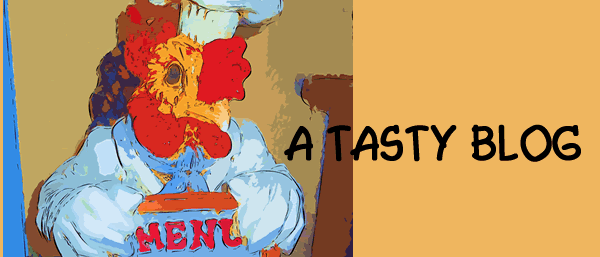Last month I made a quick trip to Seattle with a free plane ticket burning a hole in my pocket. Seattle is known for its great food, especially fish, and I was glad to go back. On Saturday Paul, my mother and I decided to take a drive to Port Townsend on the Olympic Peninsula north and west of Seattle. We decided to have pie (yes, pie!) for lunch after walking into Lehani's Coffee and Deli on Taylor St., at Water St., the main drag and tourist area. Lehani's has turn of the last century charm and a friendly staff. Paul and my mom chose the peach pie, I opted for the chocolate caramel cheesecake. The cheesecake was good, but after tasting their slices of peach pie I wished I had been a sheep and ordered peach pie too. The filling had a definite, but not overpowering, taste of ginger. The crust was a little cakey, indicating a butter dough with egg in it. The combination was heavenly, and Paul naturally put in a request that I make it too, which I was all too happy to do almost as soon as we got home.
Growing up, my Grandma Brown was known for her pie making skills, especially the crust. Her dough was always made with Crisco shortening, no butter, and it was wonderfully flaky. It was mandatory that the leftover dough be baked too, and eaten while still hot. Our poor arteries! In the last few years I've avoided piemaking because I refuse to use shortening and an all butter crust just doesn't turn out as good and is harder to work with as well. There are organic shortenings available which are not partially hydrogenated, but they are still get the hydrogen workout, and I'm highly suspicious of them. There are many rich butter and egg tart dough recipes around, all very similar; I tried Patty Pinner's Sweet Tart Crust from her wonderful cookbook, Sweety Pies. It is good, but very challenging to work with; I recommend refrigerating it for more than an hour. My version is here.
For the filling, I found a Spiced Peach Pie recipe on epicurious.com. It called for ground ginger, but I wanted a more zesty ginger taste, so crystallized ginger slices from Trader Joe's were used. I finely diced 4 slices, but I want more flavor, so will use 8 slices next time, weighing about 2 1/2 ounces (don't forget your digital scale!). Since local peaches aren't in season until summer, I bought frozen fruit, which in my opinion has much better texture than canned. It worked out very well. On the sugar subject, I have been using organic for several years now. It is just as fattening for all of us and taboo for diabetics as non-organic sugar, but nutritionally it is supposed to be better. Based on what I've read, normal white sugar has all nutrients stripped out, and robs our bodies of vitamins. Supposedly organic sugar doesn't do that, so I'm sticking with organic.
Now, is this a "health pie?" No, not with all that butter in the crust, and you can't eat it all the time without facing the music! But do as I did and take it to a birthday party, or any other party, along with ginger ice cream (make vanilla ice cream, dice in chunks of crystallized ginger during the last 5 minutes of the churn)! Leave the leftovers with the host! And enjoy!
As a last note, I highly recommend Sweety Pies; it's a mouth watering collection of pies, along with stories about the ladies who baked them. Patty Pinner is a wonderful writer; this is a cookbook you will want to sit and read. My fave shopping spot is ecookbooks, here is the link in case you want to try it.






